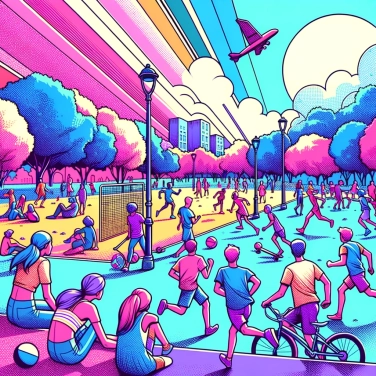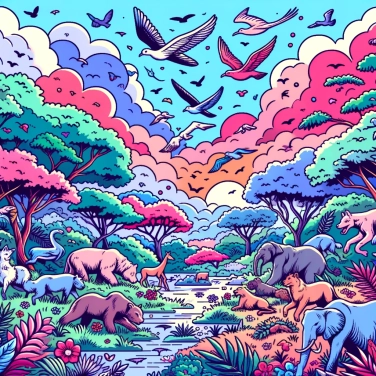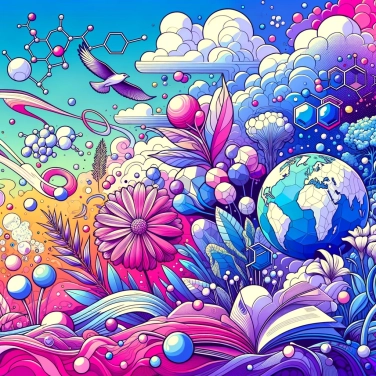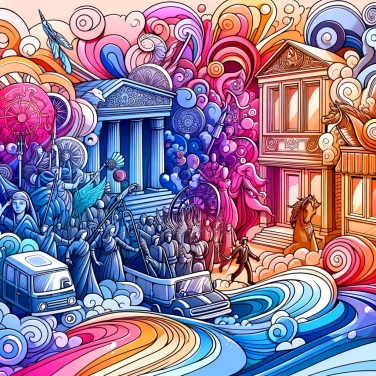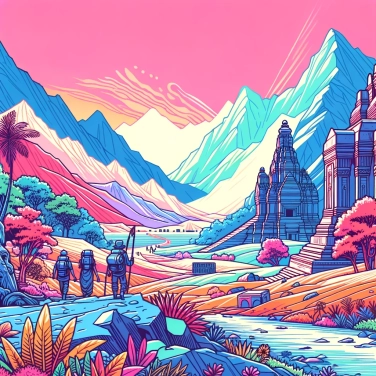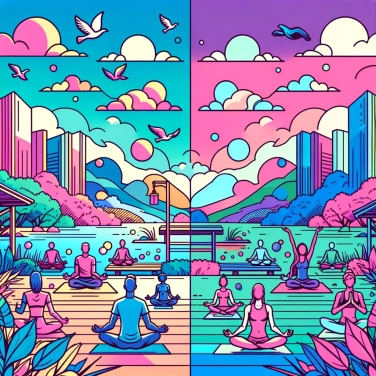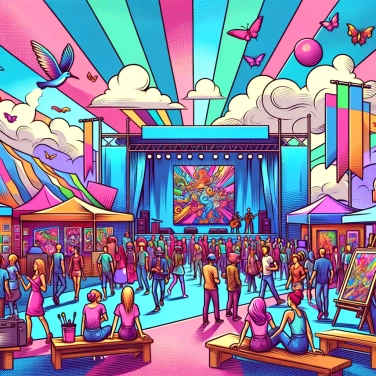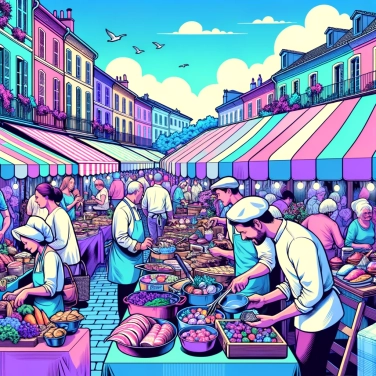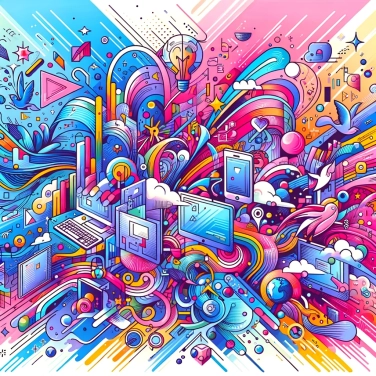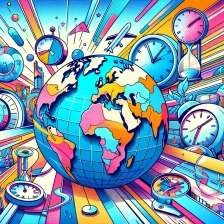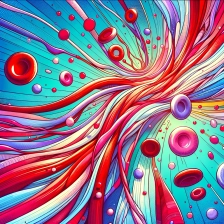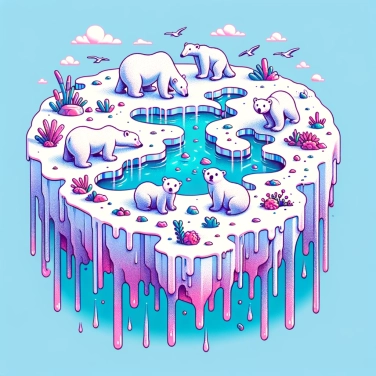In detail, for those interested!
Air pollution
Air pollution is the presence in the air of harmful substances for human health and the environment. These substances include fine particles, toxic gases such as sulfur dioxide and tropospheric ozone, as well as volatile organic compounds. The main sources of air pollution are motor vehicles, industries, power plants, agriculture, and residential heating. Air pollution has harmful effects on health, causing respiratory problems, cardiovascular diseases, and even cancer. It is also responsible for the degradation of air quality and the formation of smog. Furthermore, air pollution contributes to global warming by increasing the greenhouse effect and promoting climate change phenomena.
Climate change
Climate change is a reality that has a significant impact on the melting of the ice caps. Global temperatures are rising due to greenhouse gas emissions, largely caused by human activities. This warming leads to the melting of glaciers and ice caps, contributing to the rise in sea levels. This situation has dramatic consequences for polar ecosystems and the species that depend on them, such as polar bears and seals. Additionally, the melting of the Arctic ice cap induces global climate changes, disrupting oceanic and atmospheric currents, which can have repercussions on weather in various regions of the globe.
Greenhouse effect
Human Activities
![Explain why some countries change time zones?]()
![Explain why Alexander the Great refused to wear shoes.]()
![Explain why Alexander the Great always wore an impressive helmet.]()
![Explain why the last Chinese emperor was so young when he came to power?]()


